State media in China played down the severity of a surge of COVID-19 infections ahead of a briefing on Tuesday by its scientists to the World Health Organization, which was hoping for a “detailed discussion” on the evolution of the virus.
China’s abrupt U-turn on COVID controls on Dec. 7, as well as the accuracy of its case and mortality data, have come under increasing scrutiny at home and abroad.

China’s foreign ministry labelled travel entry curbs imposed by some countries as “simply unreasonable”, saying they “lacked scientific basis”.
“We are willing to improve communication with the world,” foreign ministry spokeswoman Mao Ning told reporters in Beijing.
“But … we are firmly opposed to attempts to manipulate the epidemic prevention and control measures for political purposes, and will take corresponding measures in different situations according to the principle of reciprocity.”
The WHO has urged Chinese health officials to regularly share specific and real-time information on the outbreak. The global body has invited Chinese scientists to present detailed data on viral sequencing at a technical advisory group meeting on Tuesday. It has also asked China to share data on hospitalizations, deaths and vaccinations.

China’s shift away from a “zero-COVID” policy that had been championed by President Xi Jinping followed protests that had marked the strongest show of public defiance during his decade in power and had coincided with the economy’s slowest growth in nearly half a century.
As the virus spreads unchecked, funeral homes have reported a spike in demand for their services and international health experts predict at least one million deaths in China this year.
China reported three new COVID deaths for Monday, taking its official death toll since the pandemic began to 5,253.
On Tuesday, the People’s Daily, the Communist Party’s official newspaper, cited Chinese experts as saying the illness caused by the virus was relatively mild for most people.
“Severe and critical illnesses account for 3% to 4% of infected patients currently admitted to designated hospitals in Beijing,” Tong Zhaohui, vice president of the Beijing Chaoyang Hospital, told the newspaper.
Kang Yan, head of West China Tianfu Hospital of Sichuan University, said that in the past three weeks 46 patients had been admitted to intensive care units, representing about 1% of symptomatic infections.
The emergencies area at the Zhongshan Hospital in Shanghai was packed with patients on Tuesday, a Reuters witness said.
Some were in beds in the corridor receiving IV treatment while dozens were queuing around them, waiting to see a doctor. It was unclear how many were there with COVID.



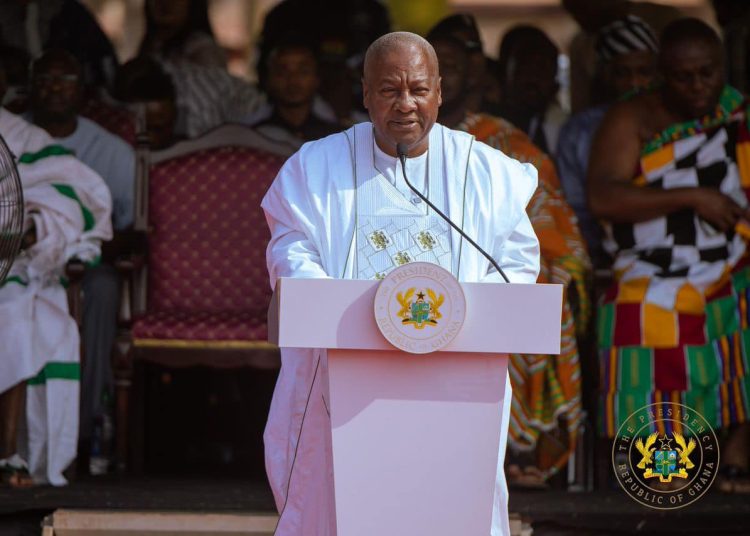









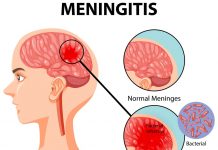






















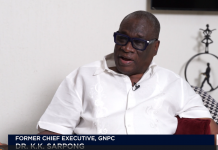






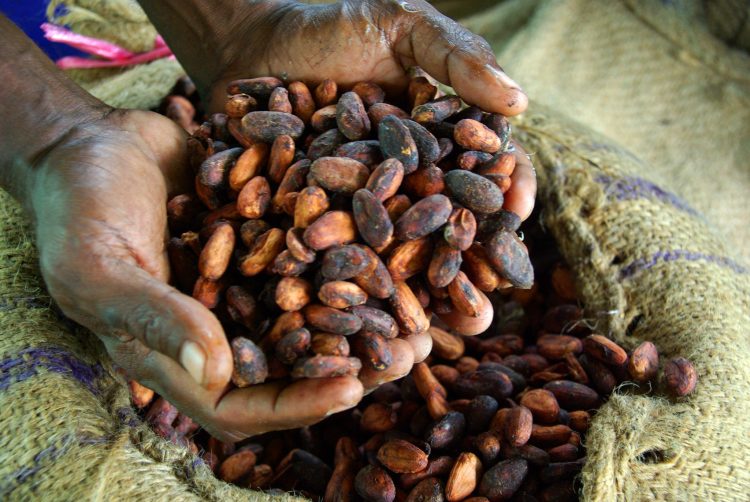











![[FREE FREE MONEY] Predict and Win a Guaranteed GH¢200 From Us EVERY WEEK](https://wordpress.ghanatalksradio.com/wp-content/uploads/2022/02/Predict-and-Win-Final-09-03-2021-218x150.jpg)
![[Predict & Win – 8th/Oct.] WIN A Guaranteed ¢200 From Us This Week](https://wordpress.ghanatalksradio.com/wp-content/uploads/2021/10/maxresdefault-16-218x150.jpg)
![[Predict & Win – 2nd] WIN A Guaranteed ¢200 From Us This Week](https://wordpress.ghanatalksradio.com/wp-content/uploads/2021/09/maxresdefault-50-218x150.jpg)
![[Predict & Win – 25th] WIN A Guaranteed ¢200 From Us This Week](https://wordpress.ghanatalksradio.com/wp-content/uploads/2021/09/maxresdefault-36-218x150.jpg)
![[Predict & Win – 18th] WIN A Guaranteed ¢200 From Us This Week](https://wordpress.ghanatalksradio.com/wp-content/uploads/2021/09/maxresdefault-23-218x150.jpg)


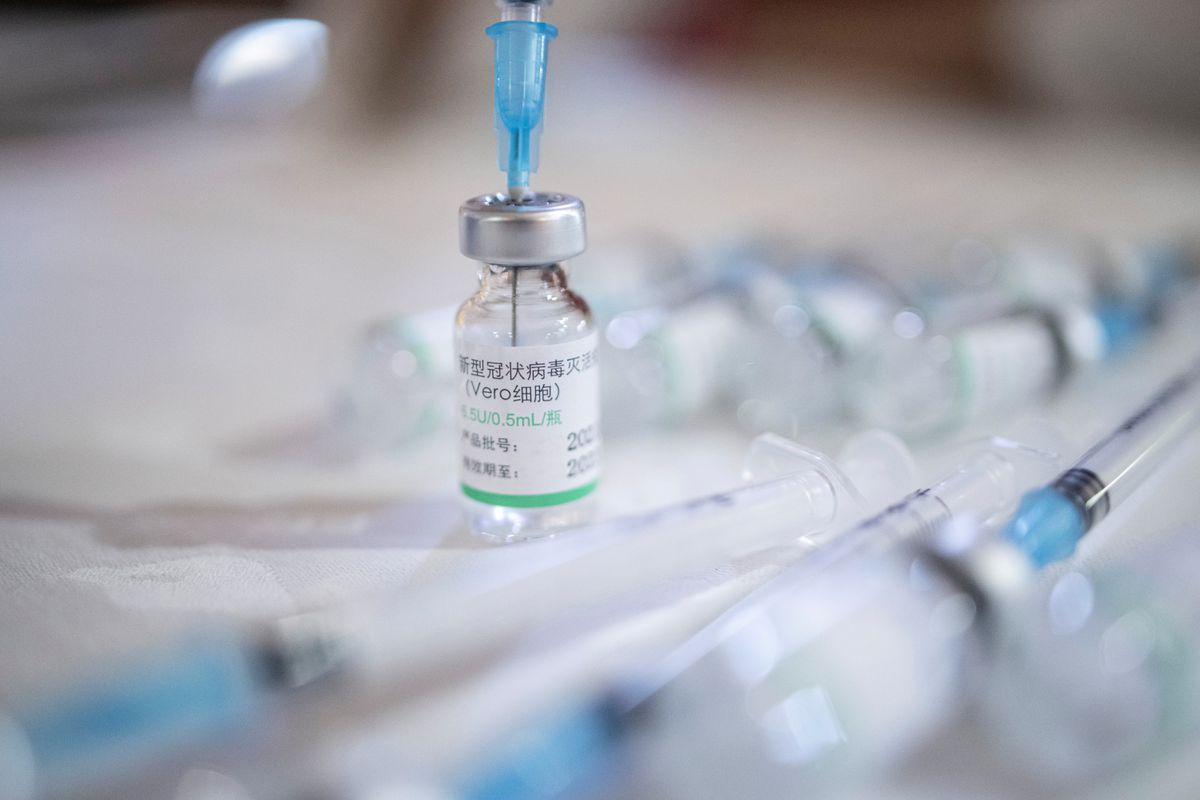









![[National cathedral] See full list of churches that have contributed since 2018](https://wordpress.ghanatalksradio.com/wp-content/uploads/2020/09/Ghana-National-Cathedral-GhanaTalksRadio-100x70.jpg)



